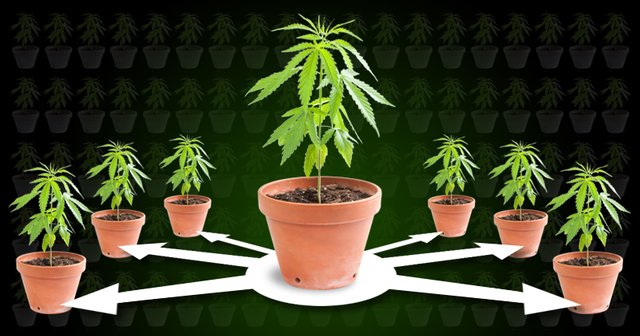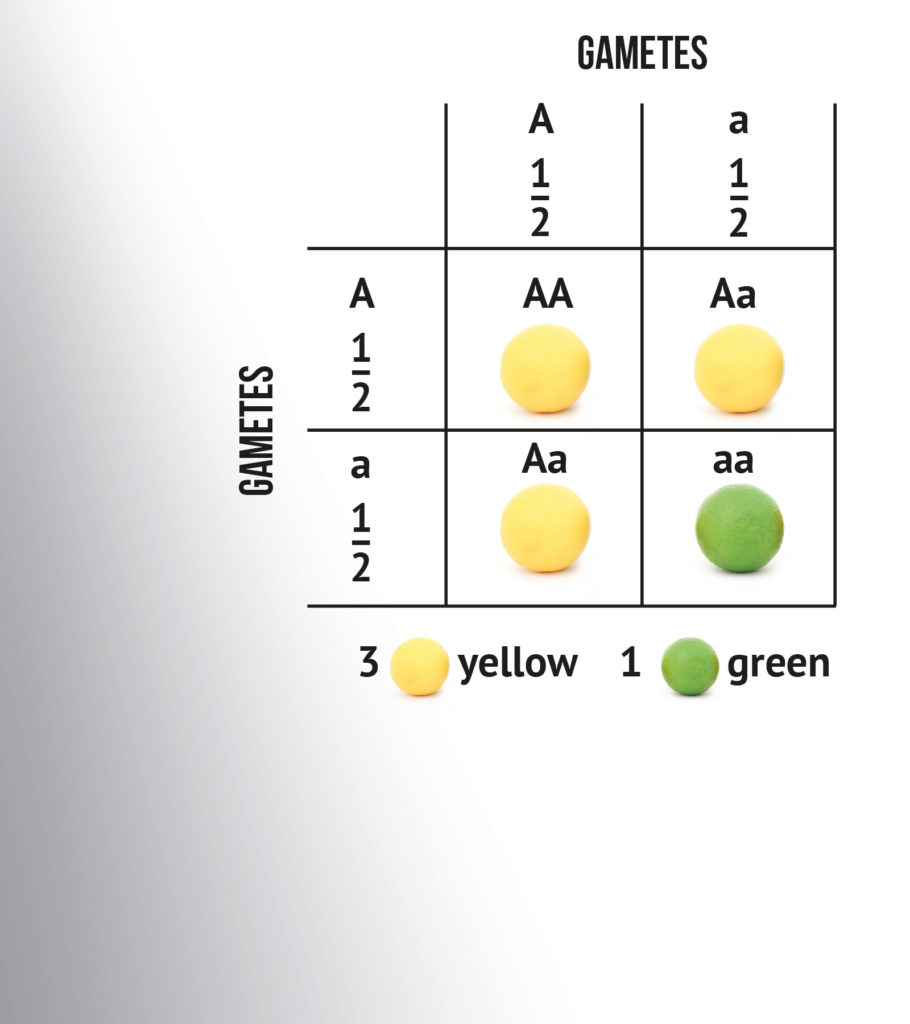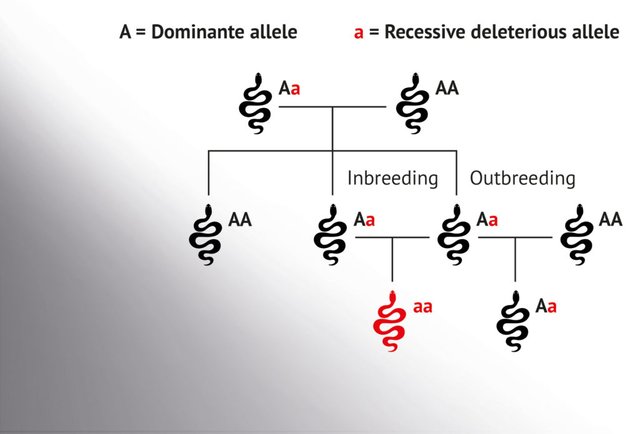Cannabis Genetics: Stabilization of a variety
Cannabis Genetics: Stabilization of a variety

Stabilization
The methods for stabilizing a cannabis strain are poorly understood, even by breeders producing varieties for commercial cultivation.
The term stability refers to the variability and predictability found in offspring of a parent generation: if a strain is unstable,
variability is high and predictability is low. For a stable variety, the opposite is true.
Variability and predictability
Variability refers here to the range of different phenotypes that occur in the hybridization of two different varieties;
Predictability refers to the expected distribution between the different phenotypes. In a cross between stable parents,
Mendelian inheritance rules indicate that 50% of the offspring resemble both parents equally,
while 25% show more to the mother and another 25% more to the father referring traits.

The Mendelian inheritance rules are very simple - 25% of the offspring are of the AA type, 25% of the aa type and 50% of the Aa type
Usually, breeders stabilize a variety over several generations.
First, a healthy mother and father are selected, and hybrid progeny are used, which will be of different predictability,
depending on the stability of their parents. So if father and mother are sufficiently stable, their offspring will show three different phenotypes,
as explained above.
Stable or varietal breeding
Important at this point is the indication that "stable" does not mean the same as "varietal".
Varietal right is a strain if it produces consistent offspring of only one dominant phenotype (ie with no or only a few plants that are not exactly like their siblings);
in cannabis, such varieties are commonly found in the landraces and traditional cultivars.
Sometimes breeders also use the term varietal to identify individual traits that recur,
e.g. red foliage or jagged leaves, rather than the entire appearance of a phenotype.
Stable parents usually produce predictable, homozygous offspring, albeit with a higher range of variation than genus-specific types. However,
if one parent or both parents are unstable, their crosses will result in a range of heterozygous offspring, which may have any number of unpredictable traits and,
moreover, may not match the Mendelian distribution.
The dominant features of each parent are recombined to create the genetic basis for the next generation.
The first crossing of two unrelated parents is referred to as a branch 1 (F1) hybrid. Typically,
the best examples of F1 hybrids are then crossed to produce the F2 generation, which is usually somewhat less stable than the F1 generation.
Crossing and backcrossing
If the brothers and sisters of the same parents are crossed with each other over several generations,
whereby the selection is made on the basis of the desired characteristics, a higher degree of consistency and thus predictability can be achieved.
The desired features become dominant and are always present, while unwanted features are gradually removed from the gene pool and no longer occur.
In some traits, backcrossing of the plants with earlier generations can achieve faster stabilization.
Many growers mistakenly believe that a degree of backcrossing is needed to stabilize each trait. In fact,
the application of this technique is necessary only for certain properties.
Inbreeding depression
After the crossing and possibly also backcrossing over several generations,
the desired features should gradually be found in all individuals. However,
following a multi-generational limitation and reduction of the gene pool, leaving only the desired traits,
the resulting shortage of genetic material can lead to a level of inbreeding that is detrimental to the health and sustainability of the variety as a whole.

A simple diagram shows the inbreeding potential that makes dominant unwanted features recessive
In simple terms, if two related parents both have the same recessive allele that happens to be defective or otherwise detrimental,
the likelihood that two identical copies will be passed on to offspring is far greater than that of unrelated parents.
When two individuals carry the same defective alleles and are crossed with each other,
the unwanted feature is passed dominant and sort-true to all subsequent generations of that lineage.
Breeding to improve diversity
Therefore, if individual varieties begin to suffer severe inbred symptoms (also called inbreeding depression),
it is customary to include a new, unrelated father in the hereditary lineage, which method is known as broodmare.
Inbreeding depression only slows down when genetic material is abundantly available,
from which new offspring are formed. Therefore, it can come very quickly to inbreeding depression in small population sizes.
It occurs, in particular, in countries with a strong cannabis culture culture, in which production has not been decriminalized,
e.g. in the Netherlands, where because of the pressure of persecution only small gene libraries can be maintained.